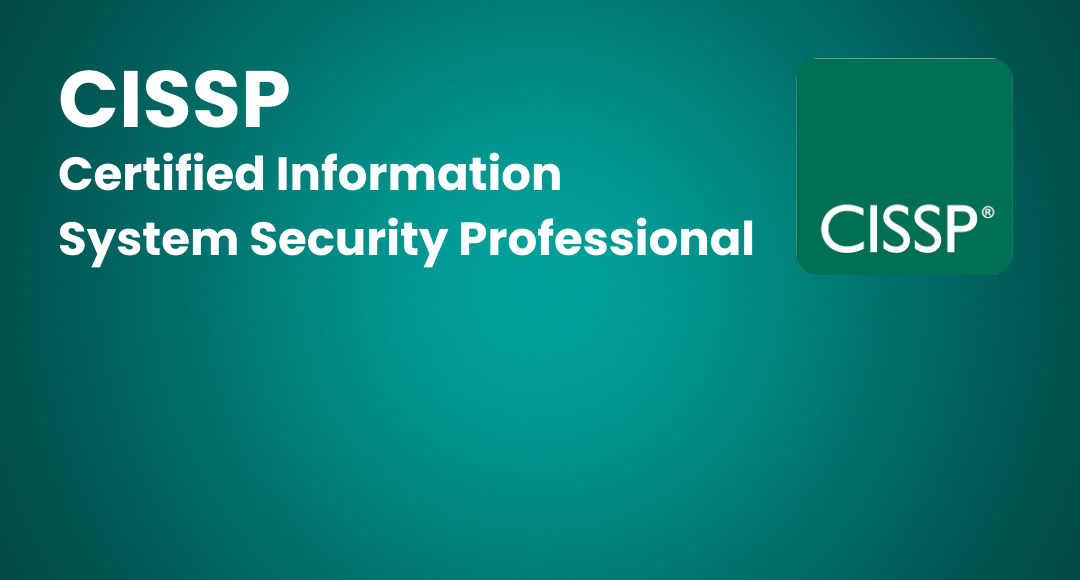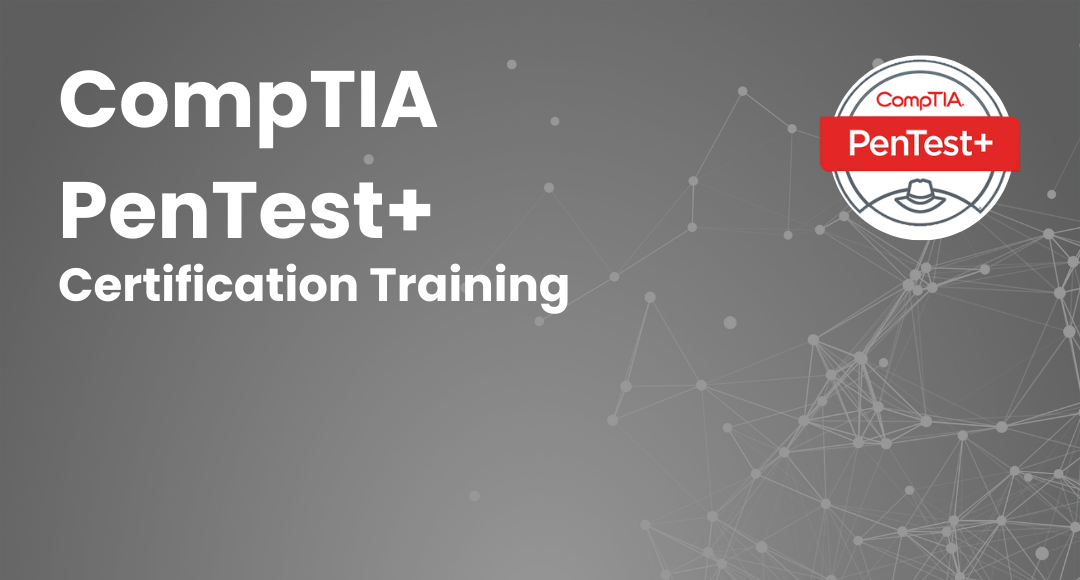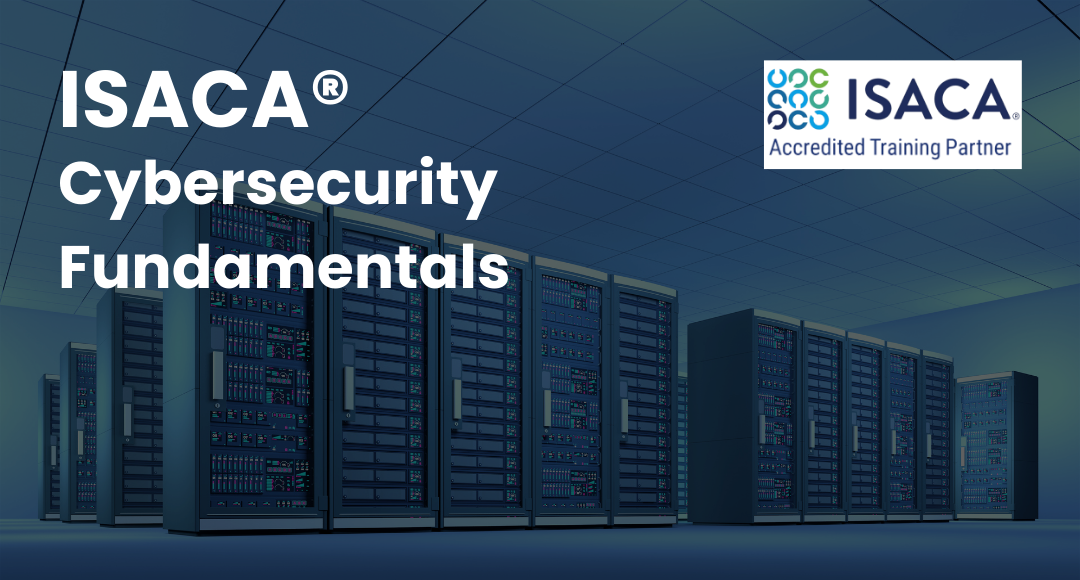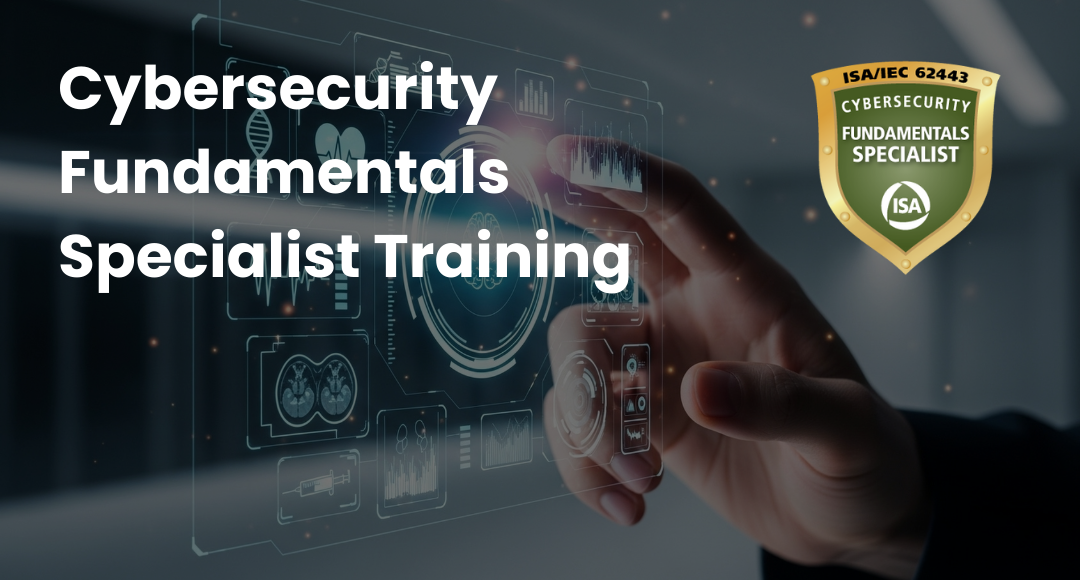Cloud Cyber Attacks: Causes, Types, Prevention and Protection
-
 By Nchumbeni Yanthan
By Nchumbeni Yanthan - Published on Aug 2 2023

Table of Contents
Introduction to Cloud Cyber Attacks
Cloud cyber attacks have grown to be a real worry for companies using the services of cloud computing. These malicious actions aim to misuse gaps in user profiles, apps, or cloud infrastructure, resulting in truthfulness agreements, illegal access, data theft, and service outages.
In this blog post, we will dive into the world of cloud attacks, exploring their nature, recent major attacks, the causes behind these attacks, various types of cloud computing attacks, real-world examples, and effective prevention and protection strategies.
By understanding the risks and implementing robust security measures, organizations can safeguard their data, maintain uninterrupted operations, and mitigate the detrimental impact of cloud attacks.
Understanding Cloud Cyber Attacks
Cloud attacks encompass malicious activities that target vulnerabilities in cloud computing systems and services. Attackers use weak points in cloud infrastructure, applications, or user accounts to gain access without authorization, jeopardize data integrity, steal confidential data, or disrupt services.
Innumerable threat actors, such as hackers, cybercriminals, or malicious insiders, are capable of carrying out these attacks. Organizations must have a thorough understanding of cloud attacks in order to effectively defend their cloud environments.

By studying the tactics, techniques, and motivations behind these attacks, organizations can implement robust security measures and develop proactive defense strategies to safeguard their data and infrastructure in the cloud.
Major Cloud Attacks in Recent Years
Over the past few years, notable cloud attacks have demonstrated the potential risks associated with cloud computing. One significant attack was the 2019 Capital One data breach, where hackers accessed over 100 million customer records stored in the cloud.
Another high-profile incident was the 2020 Garmin ransomware attack, which impacted their cloud services and resulted in extensive service disruptions. These major cloud attacks serve as important case studies for understanding the impact and consequences of such incidents.
Causes of Cloud Computing Cyber Attacks
Cloud computing cyber attacks can stem from several causes, including misconfigured security settings, inadequate security measures, insider threats, and vulnerabilities in cloud infrastructure. Poorly configured access controls, authentication mechanisms, or encryption settings can create security gaps exploited by attackers.

Insufficient implementation of robust security measures and practices leaves cloud infrastructure vulnerable. Insiders with malicious intent can abuse their privileges to compromise cloud systems.
Additionally, underlying cloud computing vulnerabilities can provide entry points for unauthorized access. Understanding the causes of cloud attacks helps organizations identify weak points and take appropriate preventive measures.
Types of Cloud Computing Attacks
Cloud computing attacks come in various forms, targeting vulnerabilities in cloud infrastructure, applications, or user accounts. Understanding the different types of cloud computing attacks is crucial for organizations to develop comprehensive security strategies.
Here are some key types of cloud computing attacks:
- Data breaches: Attackers illegally access sensitive cloud-stored data, and risk exposing personal data, intellectual property, or financial records of individuals.
- Denial-of-Service (DoS) Attacks: Attackers fill up cloud resources and services with irregular traffic in an effort to disrupt service and prevent people from verifying.
- Man-in-the-Middle (MitM) Attacks: Hackers eavesdrop on, interfere with, or steal sensitive information. Man-in-the-Middle (MitM) attacks on cloud services by intercepting and shifting communication systems between cloud users and services.
- Phishing Attacks: Attackers deceive cloud users through fraudulent emails or websites, tricking them into revealing their login credentials, and enabling unauthorized access to their accounts.
- Insider Threats: Employees or individuals with privileged access exploit their positions to misuse or compromise cloud resources, potentially leading to data breaches in the cloud or unauthorized system modifications.
- Malware Infections: When malicious software is introduced into the cloud environment, it gives attackers access to systems and gives them the ability to take control, steal data, or disrupt operations.
- Data Loss: Important information stored in the cloud may be corrupted or entirely removed as a result of faulty technology, careless users, or malicious activity.
- Account Hijacking: Attackers gain unauthorized access to cloud user accounts by exploiting weak passwords, stolen credentials, or compromised authentication mechanisms.
- Virtual Machine (VM) Escape: In multi-tenant cloud environments, attackers attempt to break out of their virtual machine environment to gain unauthorized access to other tenants' resources or the underlying host system.
- Side Channel Attacks: Attackers exploit information leaked through shared resources or system behavior to infer sensitive data or cryptographic keys.
Real-World Cloud Attack Examples
Examining real-world cloud attack examples highlights the severity and impact of such incidents. The 2019 Capital One data breach compromised millions of customer records, emphasizing the importance of robust security measures and proper access controls.
The 2020 Garmin ransomware attack caused cloud service disruption, demonstrating the potential for widespread consequences. Another notable example is the 2017 misconfiguration of Amazon S3 buckets, which led to the exposure of sensitive data from various organizations.
By studying real-world cloud attacks, organizations can gain insights into the tactics employed by attackers and strengthen their defenses accordingly.
Prevention and Protection against Cloud Attacks
Protecting cloud environments from attacks requires a comprehensive approach that combines various preventive measures and security practices. Here are key strategies to prevent and protect against cloud attacks:
1) Secure Configuration: Implement secure configurations for cloud services, including strong access controls, authentication mechanisms, and encryption settings.
2) Regular Security Audits: Conduct periodic security audits to identify vulnerabilities in cloud infrastructure, applications, and configurations. Promptly address any discovered weaknesses.
3) Employee Training: Educate staffers thoroughly on cloud security best practices, stressing the significance of strong passwords, acknowledging phishing scams, and having to abide by security policies.
4) Incident Response Plan: Start creating an incident response core information the actions to be taken in the event of a cloud attack. This system assures a prompt and very well response to lessen the impacts.
5) Data Encryption: Encrypt sensitive data both in transit and at rest to protect it from unauthorized access. Use strong encryption algorithms and secure key management practices
6) Backup and Recovery: Regularly back up critical data stored in the cloud and test the restoration process to ensure data availability and quick recovery in case of an attack or system failure.
7) Vendor Due Diligence: Evaluate the security measures and certifications of cloud service providers before selecting them. Choose reputable providers who prioritize security and have a proven track record.
8) Continuous Monitoring: Deploy robust monitoring systems to continuously monitor network traffic, system logs, and user activities. Detect and respond to any suspicious behavior promptly.
9) Patch Management: Keep cloud systems, applications, and underlying software up to date with the latest security patches. Regularly apply updates to address known vulnerabilities.
10) Threat Detection Systems: Utilize advanced threat detection systems that employ machine learning and AI algorithms to identify potential cloud attacks and provide early warning signs.
11) Access Controls and Privilege Management: Implement strict access controls and limit user privileges based on the principle of least privilege. Regularly review and revoke unnecessary privileges.
12) Secure APIs: Ensure the security of application programming interfaces (APIs) used in cloud environments. Employ authentication, encryption, and access controls to protect API endpoints.
13) Security Information and Event Management (SIEM): Employ SIEM tools to collect and analyze security event logs from various cloud resources. Detect anomalies and potential security incidents.
14) Secure Development Practices: Follow secure coding practices when developing cloud-based applications to minimize the risk of vulnerabilities that can be exploited by attackers.
15) Third-Party Risk Management: Assess the security posture of third-party vendors or partners who have access to cloud resources. Establish clear security requirements and regularly monitor their compliance.
By implementing these prevention and protection strategies, organizations can significantly enhance their cloud security posture and mitigate the risks associated with cloud attacks. It is essential to stay proactive, adapt to emerging threats, and continually evaluate and improve the security measures in place.
Conclusion
Organizations relying on cloud computing services run a serious risk from cloud attacks. In order for the organization to make proper safety and mitigation and cloud attack prevention strategies. It is absolutely essential that they have a thorough understanding of the nature of these attacks, recent significant incidents, causes, various attack types, and real-world examples.
Organizations can reduce the risks brought on by cloud attacks by putting place proactive in solving strong security measures, rising employee awareness, and also bringing new problems. Maintaining the confidence of customers and other stakeholders should come first in cloud computing.
By utilizing the power of technology, the public cloud transforms how groups and individuals store, access, and process data.
It provides agility for quick growth and innovation, allows businesses to use resources on demand, lowers infrastructure costs, makes remote share information and knowledge easier, and facilitates remote collaboration. These factors make it an appealing option for contemporary organizations. Do you intend to work in the cloud computing industry? The time is right to begin right away! Explore Sprintzeal's all courses for certification insights or consult our experts for guidance. Subscribe to our newsletters for more insights and updates.
Subscribe to our Newsletters
Popular Programs
CISSP® - Certified Information System Security Professional
Live Virtual Training
- 4.4 (964 + Ratings)
- 45k + Learners
CISA® - Certified Information System Auditor
Live Virtual Training
- 4.2 (426 + Ratings)
- 18k + Learners
CISM® - Certified Information Security Manager
Live Virtual Training
- 4.7 (200 + Ratings)
- 10k + Learners
CCSP® - Certified Cloud Security Professional
Live Virtual Training
- 4.8 (964 + Ratings)
- 69k + Learners
Trending Posts
Ethical Hacking Tools: Best Ones for Cybersecurity in 2026
Last updated on Dec 26 2024
Top 20 Cybersecurity Trends to Watch Out for in 2026
Last updated on Aug 18 2023
Pass CISSP Exam - How to Clear CISSP Exam in First Attempt 2026 (UPDATED)
Last updated on Jan 25 2023
Cybersecurity – Everything You Need to Know About it
Last updated on Dec 19 2024
What Is Secure Access Service Edge (SASE)?
Last updated on Oct 15 2024
Information Assurance Careers - Exploring Career Paths
Last updated on May 25 2023
Categories
- Other 69
- Agile Management 47
- Cloud Computing 56
- Project Management 174
- Big Data 66
- Business Management 88
- Digital Marketing 78
- IT Service Management 29
- Programming Language 58
- AI and Machine Learning 77
- IT Security 112
- Quality Management 78
- IT Hardware and Networking 26
- Microsoft Program 4
- Workplace Skill Building 13
- Risk Management 9
- Information Security 8
- Leadership and Management 9
- Corporate Training and Development 1
Trending Now
Top 5 Compelling Reasons To Get A Cyber Security Certification
ebookHow to Become IT Security Expert with CISSP Certification
ebookTop 20 Reasons You Should Get a CISSP Certification
ebookWhat is CISSP? – Everything about CISSP Certification Explained
ebookPass CISSP Exam - How to Clear CISSP Exam in First Attempt 2026 (UPDATED)
ebookCISSP Certification – Top 25 Career Benefits in 2026
ebookCybersecurity – Everything You Need to Know About it
ebookUpdated Google Certification Training Course list 2026
ArticleWhich Certification is best for Cybersecurity?
ebookWhich Cybersecurity Certification Should I Get First?
ebookCysa+ certification – Should you get it?
ebookList of Top Security Certifications
ArticleEasiest Security Certification to Get
ebookCISM certification cost and career benefits
ebookCybersecurity Fundamentals Explained
ebookISACA Certifications List 2026
ebookCareer Benefits of CISM Certification in 2026
ArticleList of Top Information Security Certifications in 2026
ebookCISM certification cost details
ArticleMitigate the Cyber-Attack Risks with Best Cyber Security Protocols
ebookCybersecurity Interview Questions and Answers 2026
ebookTop Cybersecurity Software Tools In 2026
ebookInformation Security Analyst - Career, Job Role, and Top Certifications
ebookCyber Security Analyst - How to Become, Job Demand and Top Certifications
ebookWhat is Data Security - Types, Strategy, Compliance and Regulations
ebookData loss Prevention in Cyber Security Explained
ebookCybersecurity Controls Explained in Detail
ebookCybersecurity Framework - A Complete Guide
ebookWhat is Cryptography - A Comprehensive Guide
ebookData Leak - What is it, Prevention and Solutions
ebookCybersecurity Career Paths Guide
ebookFuture of Cybersecurity - Trends and Scope
ebookCyber Security Careers and Outlook - 2026 Guide
ebook5 Cybersecurity Predictions in 2026 - Trends and Challenges
ebookScope for Cybersecurity in 2026 - Latest Update
ebookEthical Hacking Career: A Career Guide for Ethical Hacker
ebookApplication Security: All You Need To Know
ebookCybersecurity Roles - Top Roles and Skills to Consider in 2026
ebookHow to Get Cyber Essentials Certified
ebookTop 10 Cyber Security Threats and How to Prevent Them
ebookTop 10 Network Scanning Tools of 2026
ebookCyber Incident Response Plan: A Comprehensive Guide
ebookInformation Assurance Careers - Exploring Career Paths
ebookWhat is the Department of Defense (DoD) Directive 8140
ebookCybersecurity Mesh Architecture: What It Is and How to Build It
ebookWhat is Threat Modeling? Methodologies, Types, and Steps
ebookWhat is Digital Forensics? Types, Process & Challenges
ebookInformation Assurance Model in Cybersecurity
ebookHow to Become an Information Security Analyst Salary, Skills, and More
ArticleList of Top Department of Defense (DoD) Approved 8570 Certification Courses
ebookTop 5 Ransomware Attacks to Watch Out for in 2026
ebookJob Prospects for DoD Certified Professionals: A Pathway to Success in cybersecurity
ebook10 Biggest Data Breaches of the 21st Century
ebookWhat is a Cybersecurity Incident?-Types, Impact, Response Process and More
ebookCyber Security Planning - A Detailed Guide for Risk Mitigation
ebookWhat is Cybercrime? Exploring Types, Examples, and Prevention
ebookRecent Cyber Attacks & Data Breaches in 2026
ebookCybersecurity Strategy: Building a Strong Defense for Business
ebookCybercrime Impacts On Business: 6 Major Effects
ebook5 Types of Cyber Attacks You Should Be Aware of in 2026
ebookCloud Malware: Types of Attacks and Security Measure
ebookCyber Attack Statistics and Trends to Know in 2026
ebookList Of Top Cybersecurity Threats In 2026
ebookSafeguarding Digital Domain: 10 Most Common Cybercrimes
ebookDemystifying Cloud-Based Cyber Attacks: A Comprehensive Guide
ebookPrevent Cyber Attacks: Strategies to Protect Your Digital Assets
ebookList of Top 10 Cybersecurity Careers in 2026
ebookTop 20 Cybersecurity Trends to Watch Out for in 2026
ArticleHow to Become Cybersecurity Engineer
ArticleUnderstanding Risk assessment in audit planning
ArticleFundamentals of Risk-Based Auditing: A Strategic Framework
ArticleRisk-based Audit Planning Guide for Beginners
ebookTop 8 Types of Cybersecurity Jobs and Salary Insights
ArticleA Comprehensive Guide to Building Risk-Based Internal Audit Plan
ArticleRisk-Based Internal Auditing Approaches: 7 Steps to Explore
ArticleCompTIA Security+ 601 vs. 701: Understanding Key Differences
ArticleWhy and How to Perform a Risk-Based Internal Audit
ArticleRisk-Based Auditing Techniques Explained
ebookEvolving Cyber Threats and Vulnerabilities in Cybersecurity Risk Management
ArticleWhat Is Secure Access Service Edge (SASE)?
ArticleHow to Stay Cyber-Secure in Work and Personal Life (Tips and Practices)
ArticleIBM Data Breach: Is IBM Really Breach-Proof?
ArticleTarget Cyber Attack: Key Lessons from the 2013 Data Breach
ArticleLinkedIn User Data Protection Explained
ArticleCanva Data Breach: Best Lessons for Users and Businesses
ArticleHow Did Capital One Respond to Their Major Cyber Incident?
ArticleWhat Innovative Measures Did Reddit Take to Protect User Data?
ArticleHow Does Slack Respond to Security Challenges?
ArticleTwitch Data Breach: Response, Changes, and Key Takeaways
ArticleGuess What Google Did When a Employee Breached Their Firmware
ArticleEthical Hacking Tools: Best Ones for Cybersecurity in 2026
ArticleWhat Happened When Cisco Faced a Cyber Incident?
ArticleWhat Sony Did to Rebuild Trust After a Major Cyberattack
ArticleHow to Handle a Data Breach? Learn from Microsoft!
ArticleCybersecurity Mesh: A New Approach for Security Design
ArticleHow Target Turned a Cyber Crisis into a Lesson for All
ArticleDropbox Data Breach: What Companies Can Learn from It
ArticleHow JPMorgan Chase Strengthened Security After Facing Cyber Threats
ArticleThe Future of Online Security: Trends to Watch in 2026
ArticleLatest Trends in CyberSecurity
ArticleTop 12 Cyber Security Apprenticeships with High Earning Potential in 2026
ArticleEnhancing Safety and Competence in Today's Workplace
ArticlePrivacy at Your Fingertips: How iPhone Users Can Use Tools Securely
ArticleAge Matters: Understanding the Generational Gap in Online Safety Education
ArticleCybersecurity 101: Why Cybersecurity is the Hottest Career Right Now
ArticleWhy Cybersecurity Training Should Be Part of Every Professional's Career Plan
ArticleHow to Protect Your Data When Traveling to Countries Like Malaysia?
ArticleTop Online Master's in Cybersecurity Programs for Working Professionals
ArticleHow AI Detectors Strengthen Cybersecurity in Modern Networks
ArticleHow to Become a Cybersecurity Engineer: Step-by-Step Career Guide
ArticleWhy Certification in Risk and Compliance Is Critical in Today’s Financial World
Article


















